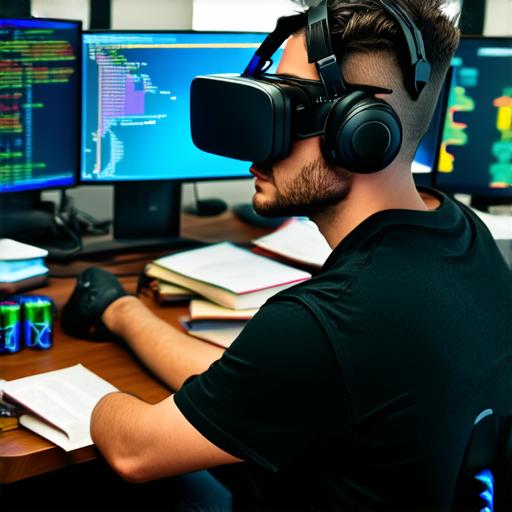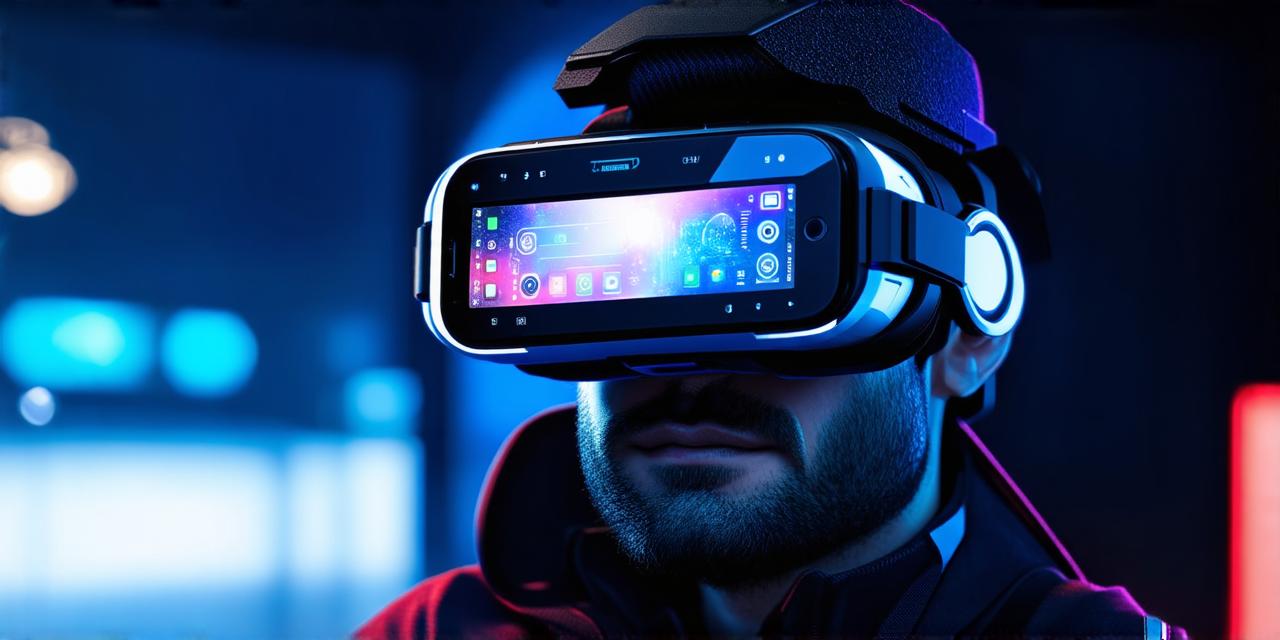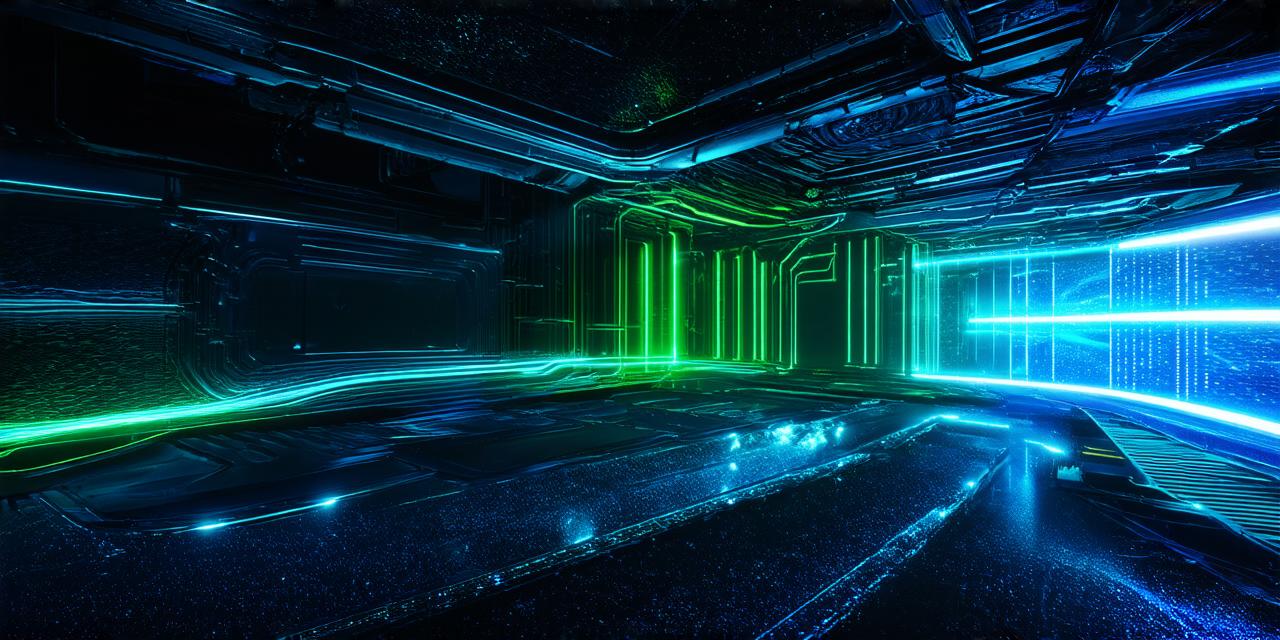Virtual reality (VR) is a rapidly growing technology that has the potential to revolutionize many industries, from gaming and entertainment to education and healthcare.
The Key Components of VR Programs
Before you can start developing a VR program, you need to have a clear understanding of the key components that make up a VR experience. These include:
- The hardware: This includes the VR headset or display device, the sensors used to track movement and position, and any other peripherals such as hand controllers or haptic feedback devices.
- The software: This includes the programming language and development tools used to create the VR experience, as well as any middleware or libraries that provide additional functionality.
- The content: This includes the 3D models, textures, and other assets used to create the VR environment and characters.
- The user experience (UX): This includes the design of the VR interface, the flow of the VR narrative, and the overall user journey.
Optimizing Your Workflow for Maximum Efficiency
Once you have a solid understanding of the key components involved in developing VR programs, you can start optimizing your workflow for maximum efficiency. Here are some tips to get you started:

- Plan ahead: Before you start coding, take the time to plan out your project from start to finish. This includes creating a detailed project plan, breaking down tasks into manageable chunks, and setting realistic deadlines.
- Use agile methodology: Agile methodology is an iterative approach to software development that emphasizes flexibility and collaboration. It involves breaking down the development process into smaller, more manageable chunks called sprints, with regular check-ins and updates along the way.
- Collaborate with other team members: Developing VR programs requires a diverse set of skills, including programming, 3D modeling, and UX design. To ensure that your project is successful, it’s important to work closely with other team members and encourage collaboration and open communication.
- Utilize cloud-based tools: Many VR development tools are available in the cloud, allowing you to access them from anywhere with an internet connection. This can be especially helpful for remote teams or those working on mobile devices.
- Use version control: Version control is a system that allows you to track changes to your code and collaborate with other team members without overwriting each other’s work. It’s an essential tool for any VR development project, especially when working with multiple developers.
- Test early and often: VR programs can be complex, and it’s easy to overlook bugs or performance issues that can derail your project. To avoid this, make sure to test your code regularly and thoroughly, using a combination of automated tests and manual testing by real users.
Real-Life Examples of Successful VR Programs
There are many successful VR programs in various industries, including:
- Gaming: Games such as “Beat Saber” and “Superhot” have been praised for their innovative use of VR technology to create immersive gaming experiences.
- Education: Virtual reality can be used to simulate real-world environments, making it an effective tool for training medical professionals or teaching history in a more engaging way.
- Retail: Many retailers are using VR technology to create virtual storefronts that allow customers to try on clothes or see furniture in their own homes before making a purchase.
- Tourism: Virtual reality can be used to create immersive travel experiences, allowing users to explore famous landmarks and attractions from the comfort of their own homes.




